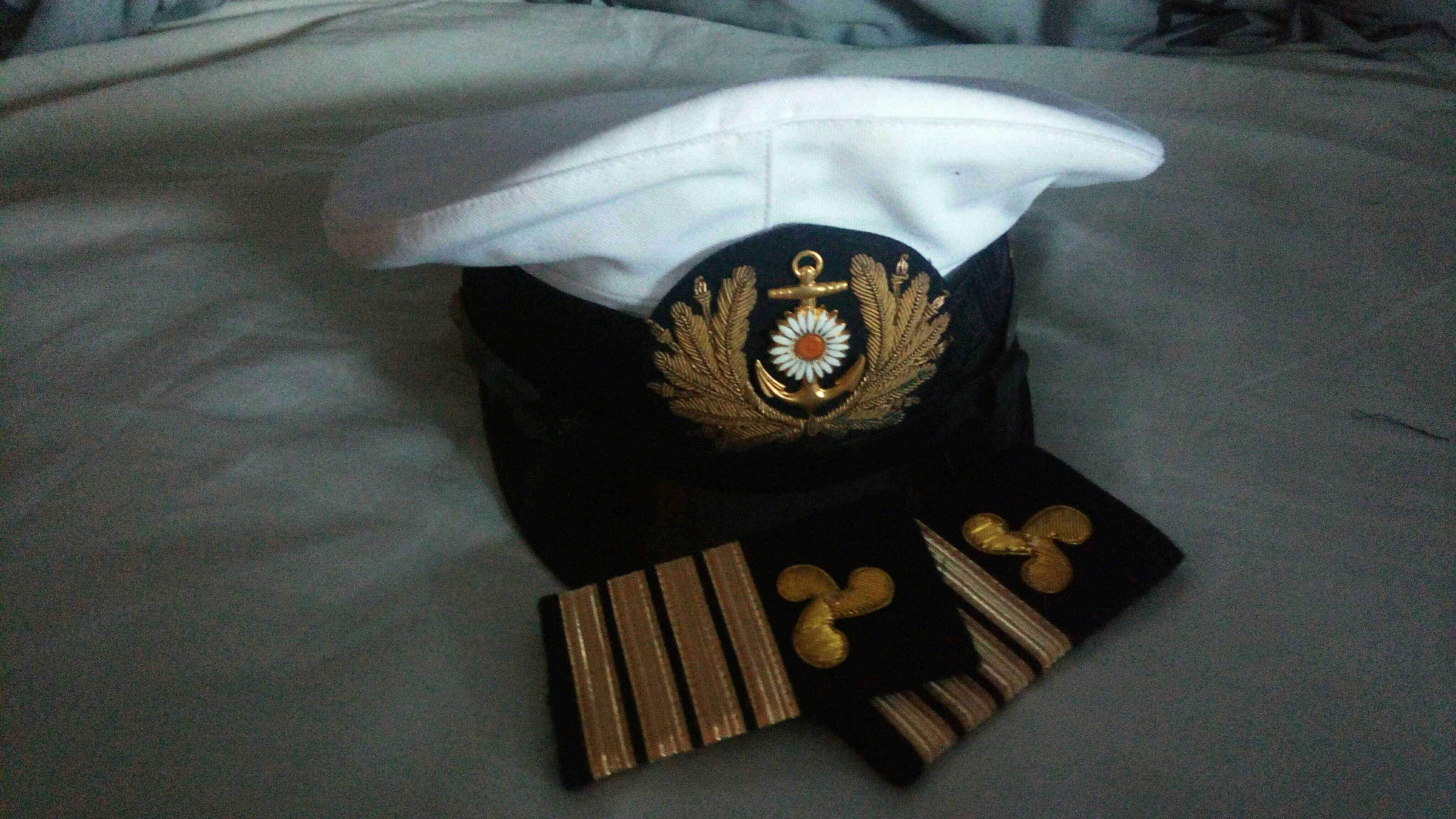Dutch ship building
Geography
Due to the nature of the landscape of the Netherlands, flat with loads and loads of water. The people soon used that water to their advantage. Starting with traveling with tree trunk cannoos along the streams and lakes.
Then the Dutch started changing the landscape itself to their advantage, directing the flow of water with canals reshaping lakes, even emptying some. Their boat and ship building was ever evolving and this was getting noticed in other countries.
History
The first known ship builders who went abroad where the Frisians (X). They went to England to build a navy fleet for Alfred the Great who wanted to battle the Vikings, who where invading Great Britain. They build the same kind of ships as we know from the Vikings, the longships.
In and after the middle ages Dutch shipping focused on national and European trade, peaking with the Hanseatic League, Dutch build ships traded from the Baltic to Gibraltar. When the route around Africa to the East was discovered. Dutch shipbuilding took a new turn. Long hauling ocean crossing sailing ships were needed, and they did deliver. A small Fluit was built in 3 to 6 months, a bigger Spiegelretourschip in 6 to 9 months. Annually 300 to 400 ships where build.
This massive surge in builds, payed for by the trade with the far east. Partly helped to make the VOC the biggest shipping company in the world (to this day) equipping over 4.700 ships in total in their 200 year existence.
Back in the Netherlands it were the small shipyards that would turn out to last the longest. Every self-respecting fishing village in the Netherlands had its own shipyard, where they build and maintained their own ships. All of them slightly different from their neighbours and optimized for their style of fishing, their fishing grounds and which fish they caught.
A lot of those small yards around the Zuiderzee lasted until the build of the Afsluitdijk in 1932. That dam turned the salt Zuiderzee in to a freshwater lake IJsselmeer. A lot of fisherman stopped, and the fleet disappeared. Some of the shipbuilding yards moved to building yachts.
Yachts had been around since the VOC time, when the big lords of the company used them to inspect the cargo and navy ships they had. They used them to sail for fun and to show off their richness. For a long time yachts were the toys for the royalty and nobility. But over time this started to be a hobby for to the rich too.
The people wanting yachts, always wanted one that was just that bit bigger, that bit more luxurious, that bit more of everything, than what the other guy had. This created the world of super yachts. Where the only limit is the imagination.
And the small Dutch yards that used to build local fishing boats moved with the tide and now build the best super yachts in the world.
Historical examples of export of knowledge
Vasa
In the 17th century the King of Sweden Gustavus Adolphus wanted a grand ship for his fleet, and he knew the Dutch built the best ones. So he enlisted the help of shipwright Henrik Hybertsson who set to work on the four ships ordered, but several circumstances reduced that to two ships, and the design of the ship they were working on was altered several times during the build. The ship was so grand for Swedish standards, that they could not produce the sails locally and they had to be imported from Holland.
Creating an extra gun deck with extra heavy guns, and extra decorations on the stern made from heavy wood carving did not help the stability. And on her maiden trip the Vasa listed to far and the lower gun ports went below the water and the ship sunk on the 10th of August 1628, the Dutchmen Hendrik did not see the completion of the ship as he died in the spring of 1627.

The wreck of the Vasa was rediscovered in 1956 and in 1961 she was lifted in her remarkable good condition was a surprise to the world, the Vasa is on permanent display in a dedicated museum.[/p
Peter the Great

Emperor of Russia from 7th of May 1682 to 8th of February 1725. The Tsar reorganized and modernized the Russian army and dreamed of making Russia a maritime power, to do the later, they needed ships, and he took it upon himself to learn how they were built, for that he traveled to the Netherlands several times between 1697 and 1717. The house he stayed in is preserved to this day.
From all he learned about shipbuilding and ships in general Peter the Great had a ship built in 1703, under the guidance of the Dutch shipwright Vybe Gerens the frigate Shtandart which was to be the standard design for Russia's Imperial navy, and remained in service till 1727.
In 1999 a replica of the Shtandart was build which still sails today.
Modern examples
Athena
The sailing superyacht of an internet entrepeneur build in 2004. With 90 meters in length overal, she is a big three masted gaff-rigged Schooner featuring a clipper bow. She can take 12 guests and 22 crew. In 2014 she was for sail for $75 million USD, and in 2019 again for $45 million USD. Athena has won awards for her design and beauty.
Venus
Venus is the motor yacht designed by and fore Steve Jobs founder of the technology company Apple. She was finished in 2012 a year after the death of Steve Jobs, and she had allegedly cost €105 million. The ship was impounded for a short while as the heirs of Steve Jobs missed a payment.


Black Pearl
The Black Pearl is a sailing super yacht built in 2016 of over a 100 meters in length, featuring three masts all square-rigged. The yacht is owned by a Russian billionaire, and the Black Pearl is packed with modern technologies so she is extremely economical. She's equipped with a variety of power generation options, from solar panels to generators connected to the propellors that can regenerate electricity during sailing. She can cross the Atlantic Ocean using only a few liters of fuel.
Sunset Dawn
The Sunset Dawn was build in the Netherlands, as the super yacht
Antelope. The original owner wanted a three mast Barquentine, that could make 30 knots under sail. And the hull and rig were build looking like a classic ship as requested.But then the owner suddenly decided that they wanted the interiour finished in their home country. And a temperary crew was assembled and the ship set sail from Amsterdam.
During the voyage the crew lost contact with the owner, their salary was never payed, and the bankaccount with the funds to buy stores underway had been emptied. It later turned out that the owner was in huge depths with El Patético and had disappeared.





Great article! I love learning about Dutch history and seeing all the example of those beautiful ships :D
Thank you Amélie :)